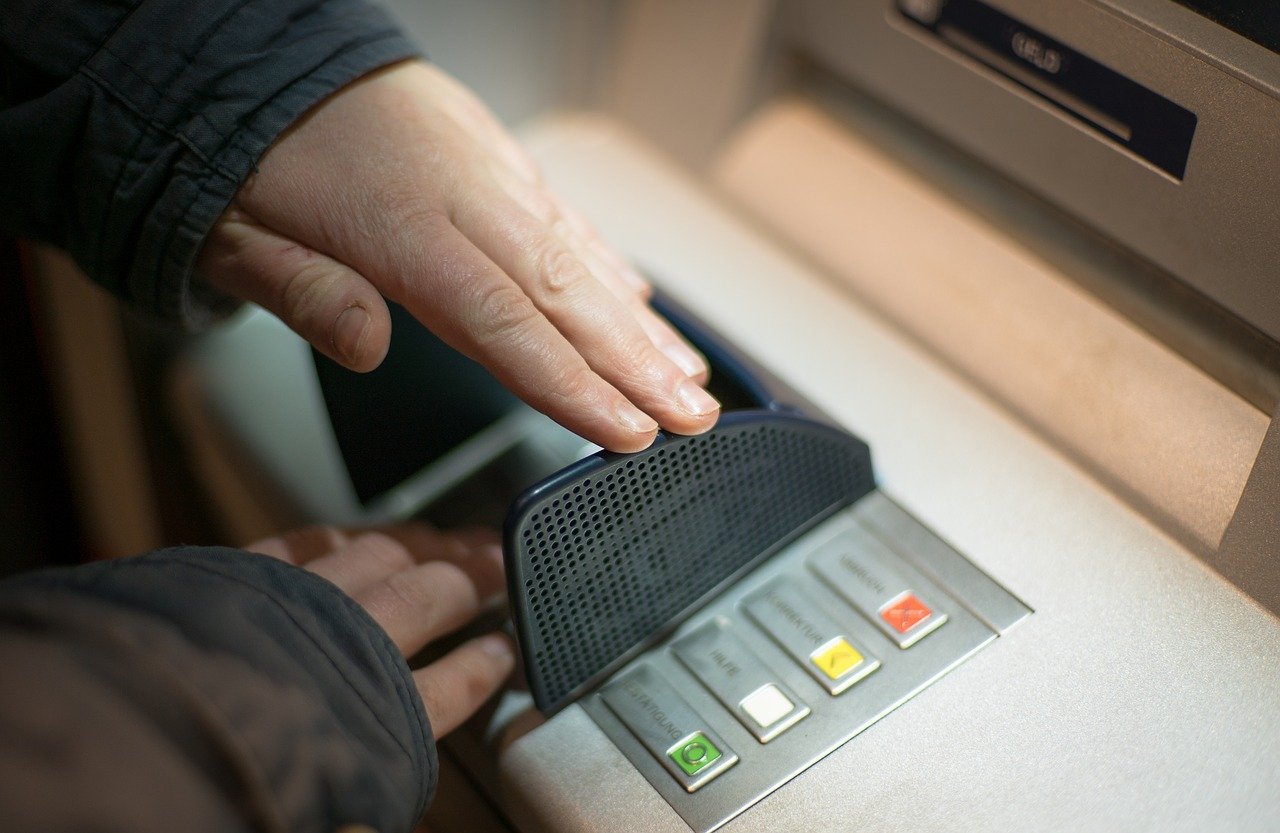
Hong Kong hands out virtual bank licenses as it disrupts traditional banking
via Tech in Asia
Hong Kong’s monetary authority handed out three virtual bank licenses to allow financial institutions to operate branchless savings and lending businesses, as the city catches up with other Asian jurisdictions in disrupting traditional banking to move it beyond brick-and-mortar premises.
Livi VB, co-owned by Bank of China (Hong Kong), JF Digits, and Jardines; SC Digital Solution, a joint venture between Standard Chartered, Hong Kong Telecom, PCCW, and Ctrip; and Zhong An Virtual Finance, a joint venture between ZhongAn Online and Sinolink, will be the operators of the first three licenses, the Hong Kong Monetary Authority (HKMA) said during a press conference in the city.
The three are among 29 financial service providers that applied for the virtual banking license from the HKMA. Other applicants included WeLab and an alliance between Australia’s Airwallex, Bank of East Asia, and Sequoia Capital. More licenses are under process, said the HKMA.
The virtual bank license is one of seven measures announced by HKMA chief executive Norman Chan Tak-lam in September 2017 with the intention of pushing Hong Kong into a “new era of smart banking.”
The Insurance Authority last year granted its first purely digital life insurance license to Bowtie Life Insurance, a homegrown startup. The license forbids Bowtie from using any agents or banks to sell insurance policies.
Virtual banking is not new in Asia or in Europe. Japan Net Bank opened in 2000, while Seven Bank, a unit of Seven & I Holdings, has been offering financial services through automated teller machines in 7-Eleven convenience stores in Japan since 2001.
Mainland China, too, has beaten Hong Kong to the goal, with five virtual licenses issued since December 2014, attracting several of the country’s largest companies to put their resources and technology behind these internet-based lenders.
WeBank and MyBank, backed by Tencent Holdings and Alibaba Group Holding (this newspaper’s owner), respectively, reported profits within a year of start of operations.





